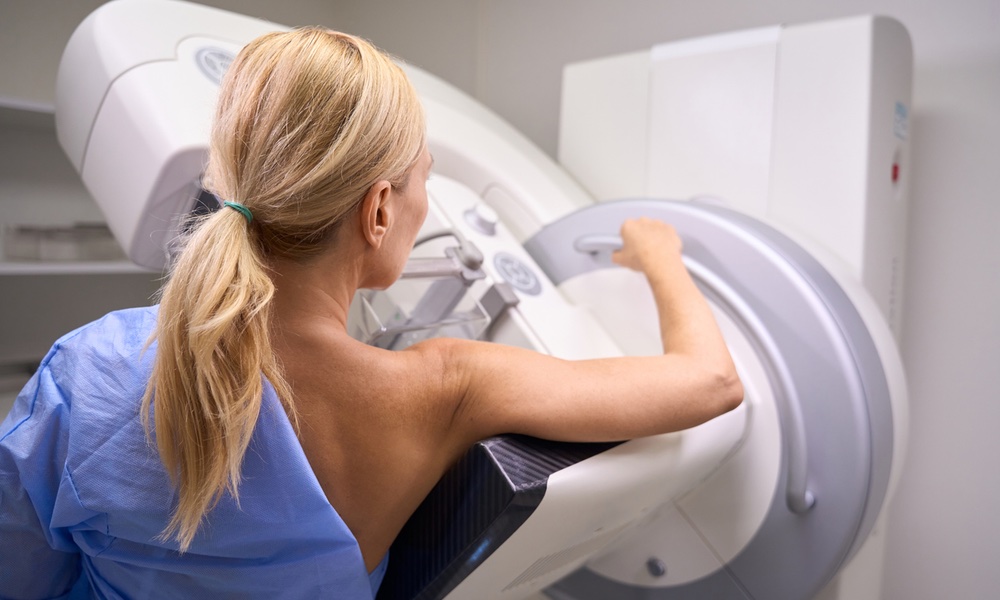One of the worst things about Alzheimer's disease is the uncertainty that it brings. The disease progresses so differently from person to person that it's impossible to predict just when it will become debilitating. But that may change soon.
The amount of tau protein accumulating in the brain is a good predictor of how quickly a person is likely to go downhill, researchers at the University of California San Francisco have found. More tau means more rapid disease progression.
They were able to measure both the amount of tau and the amount of another protein that accumulates in Alzheimer's patients, beta-amyloid, using positron emission topography (PET scans). People with early Alzheimer's disease who had high amounts of tau showed much more degeneration in their brain 15 months later than people with lower amounts of tau. The amount of beta-amyloid found in the brain did not seem to matter.If the amount of tau signals how quickly the disease is getting worse, it could also be a way to see how well a treatment for the disease is working.
“One of the first things people want to know when they hear a diagnosis of Alzheimer's disease is simply what the future holds for themselves or their loved ones. Will it be a long fading of memory, or a quick decline into dementia? How long will the patient be able to live independently? Will they lose the ability to speak or get around on their own? These are questions we can't currently answer, except in the most general terms,” said neurologist, Gil Rabinovici, study co-author and leader of the PET imaging program at the UCSF Memory and Aging Center. “Now, for the first time, this tool could let us give patients a sense of what to expect by revealing the biological process underlying their disease.”
The PET scans may have a lot more to contribute than doom and gloom. If the amount of tau signals how quickly the disease is getting worse, it could also be a way to see how well a treatment for the disease is working.
In the study, 32 patients with early Alzheimer's disease received PET scans using two different tracers to measure the amount of tau protein and beta-amyloid in their brains. They also received MRI scans at the start of the study and, on average, 15 months later to measure the structural integrity of their brains. The scans predicted the course of the disease better in younger patients than in older ones.
The tracer that detects tau protein, flortaucipir, is currently under review by the FDA.
An article on the study appears in Science Translational Medicine.





